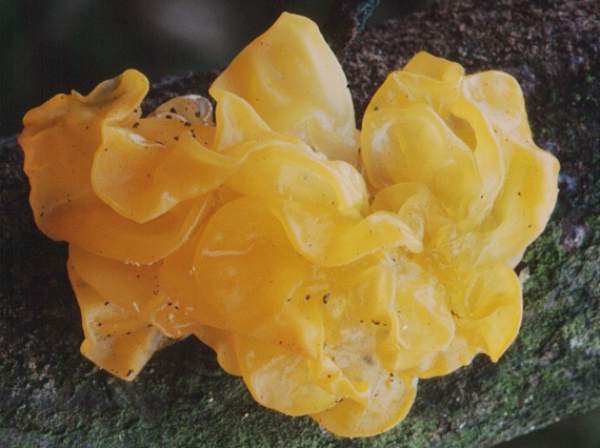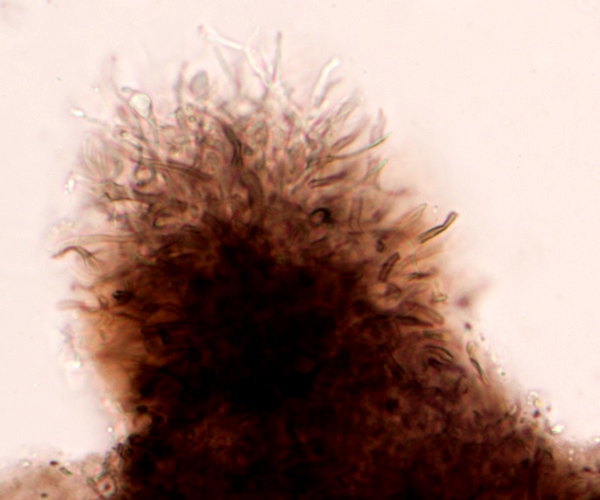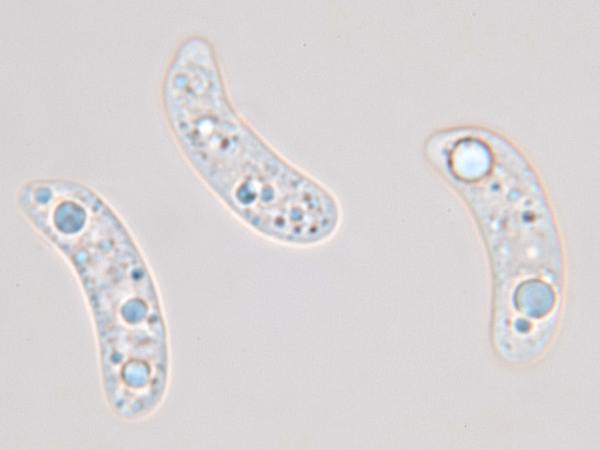Exidia glandulosa (Bull.) Fr. - Witches' Butter
Phylum: Basidiomycota - Class: Tremellomycetes - Order: Auriculariales - Family: Auriculariaceae
Distribution - Taxonomic History - Etymology - Identification - Culinary Notes - Reference Sources
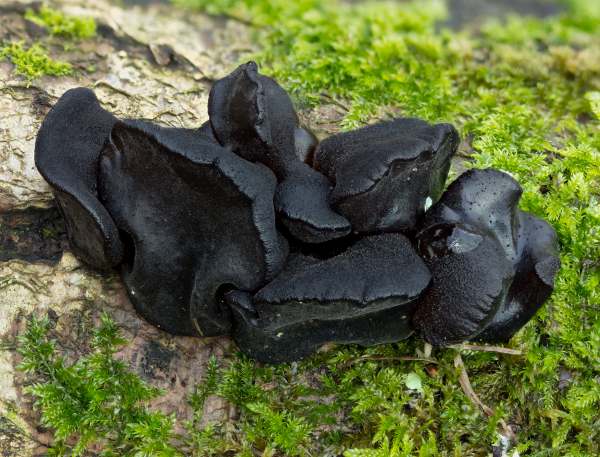
Exidia glandulosa - often referred to as Black Witch's (or Witches') Butter, perhaps because of its butter-like consistency and greasy surface when wet as well as its sombre colour, occurs throughout the year on dead hardwood.
An alternative theory for the origin of the common name of this fairly common jelly fungus is that this species was thought to have the power to counteract witchcraft if the fruitbodies were thrown on to a blazing fire - probably not instead of the witches, I fear!
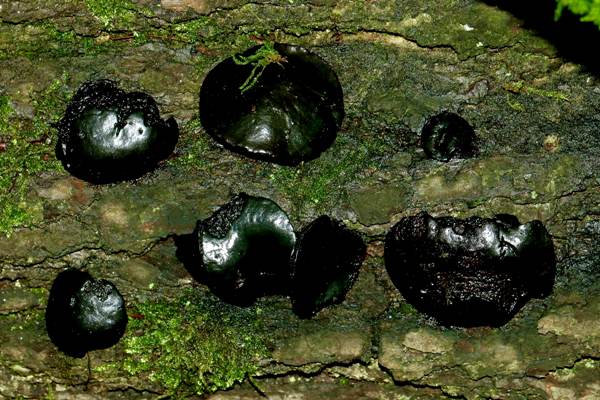
In wet weather Exidia glandulosa turns black and jelly like; however, during prolongued dry spells it shrinks to a series of cone-shaped olive-brown crusts. The individual fruitbodies sometimes coalesce to form larger blobs.
Tremella mesenterica (above), generally known as the Yellow Brain Fungus, is also (confusingly) referred to by some authors as Witches' Butter - further justification for using (or at least always including) the scientific name when making a reference to a particular fungus species.
Autumn and winter are the best times to look for both of these jelly fungi (and indeed most other jelly fungi), even though they can fruit at any time of the year.
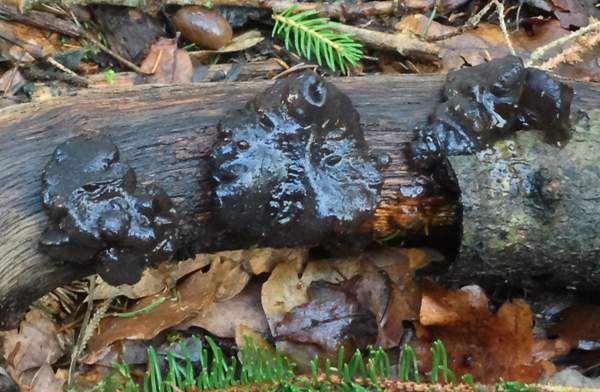
Distribution
Exidia glandulosa occurs throughout Britain and Ireland, where it is no more than a fairly common find. This fungus can be seen also in many countries on mainland Europe. On a worldwide scale the distribution of Exidia glandulosa is unclear and probably inaccurately recorded, partly because this species was not clearly separated taxonomically from the macroscopically similar Exidia plana until the late 1960s, and even nowadays misidentification is not uncommon. It is quite likely that this jelly fungus is widely distributed throughout the northern hemisphere; it is certainly reported to be widely distributed in North America.
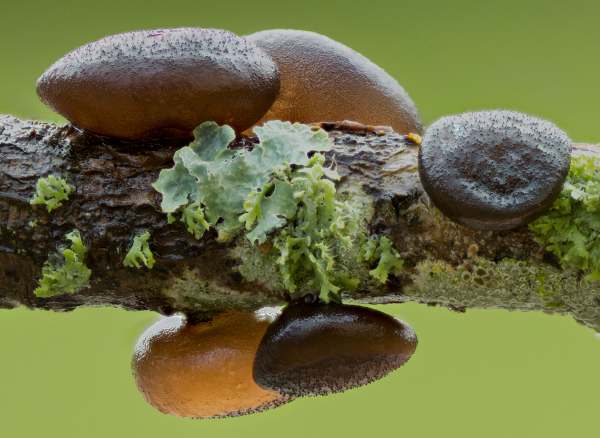
Taxonomic history
The taxonomy of this jelly fungus is unclear, and some authorities still place it in the order Tremellales. In the USA the genus Exidia is placed under the family Auriculariaceae rather than Exidiaceae.
The fungus that we know as Witches' Butter was originally described in 1789 by the French naturalist Jean Baptiste Francois (Pierre) Bulliard, who gave it the scientific name Tremella glandulosa. Then in 1822 the great Swedish mycologist Elias Magnus Fries transferred this species to the genus Exidia, but unfortunately Fries used the name Exidia glandulosa to cover not only Witch's Butter but also the jelly fungus that we know today as Exidia plana. The separation of these two species was finally clarified by Dutch mycologist Marinus Anton Donk (1908 - 1972) who in 1966 redefined the Exidia genus, clearly differentiating between Exidia plana and Exidia glandulosa.
Synonyms of Exidia glandulosa include Tremella glandulosa Bull., Tremella spiculosa Pers., Gyraria spiculosa (Pers.) Gray, Exidia truncata Fr., and Exidia spiculosa (Pers.) Sommerf.
Exidia glandulosa is the type species of the genus Exidia.
Etymology
Exidia, the generic name, means exuding or staining, and both seem appropriate because these jelly fungi do look like exudations when moist and like dark stains on wood when they dry out. The specific epithet glandulosa comes from Glandul- meaning gland, and the suffix -osa meaning abundant - a reference to the abundance of glands (papillae) on the surface of the fruitbodies of this jelly fungus.
Identification guide
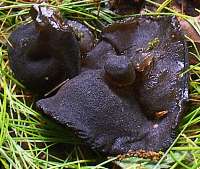 |
FruitbodyShiny or matt mid-to dark-brown or black and gelatinous (but noticeably firmer than Yellow Brain Tremella mesenterica and most other jelly fungi) when wet, turning olive brown and shrivelling to a warty crust during very dry weather. Individual fruit bodies grow to between 1 and 2cm across, sometimes coalescing to create larger masses typically 3 to 10cm across. Dried and shrivelled fruitbodies are revived in wet weather and regain their expanded shape and gelatinous texture. |
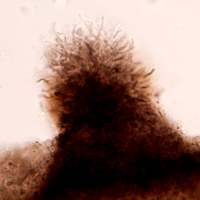 |
Microscopic charactersHymenial trama are formed by branched hyphae with clamp connections immersed in a gelatinous mass. Basidia, on the fertile surface in the central region of each carpophore, are capitate, 16-18µm long with swollen tips 6-8µm in diameter. Four spores, on long sterigmata, are carried on each basidium. The photomicrograph on the left shows the cuticle structure of papilla (the little bumps) on the fertile surface.. |
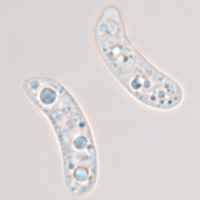 |
SporesAllantoid (sausage-shaped), smooth, 12-14 x 4.5-5µm; inamyloid. Spore printWhite. |
Odour/taste |
Not distinctive. |
Habitat & Ecological role |
Saprobic, mainly on dead and decaying hardwood - notable hazel, beech and oak - but very occasionally also on pine. |
Season |
Throughout the year in Britain and Ireland but most prevalent in late autumn, winter and early spring. |
Similar species |
Exidia nigricans has a brain-like structure without well-defined facets; its spores are more elongated than those of Exidia glandulosa, and it occurs more often on Beech, Ash and Hazel wood than on oak. Tremella mesenterica is yellow and has a brain-like structure. |
Culinary Notes
This jelly fungus is of dubious edibility, and in any case it is too insubstantial to be worth collecting for food. We therefore - Class it as being of no culinary value.
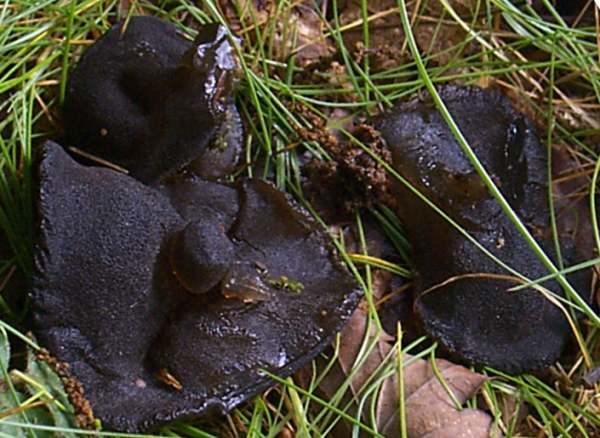
Reference Sources
Fascinated by Fungi, 2nd Edition, Pat O'Reilly 2016, reprinted by Coch-y-bonddu Books in 2022.
British Mycological Society (2010). English Names for Fungi
Dictionary of the Fungi; Paul M. Kirk, Paul F. Cannon, David W. Minter and J. A. Stalpers; CABI, 2008
Taxonomic history and synonym information on these pages is drawn from many sources but in particular from the British Mycological Society's GB Checklist of Fungi.
Acknowledgements
This page includes pictures kindly contributed by Simon Harding, David Kelly and James Wainscoat.
Fascinated by Fungi. Back by popular demand, Pat O'Reilly's best-selling 450-page hardback book is available now. The latest second edition was republished with a sparkling new cover design in September 2022 by Coch-y-Bonddu Books. Full details and copies are available from the publisher's online bookshop...
